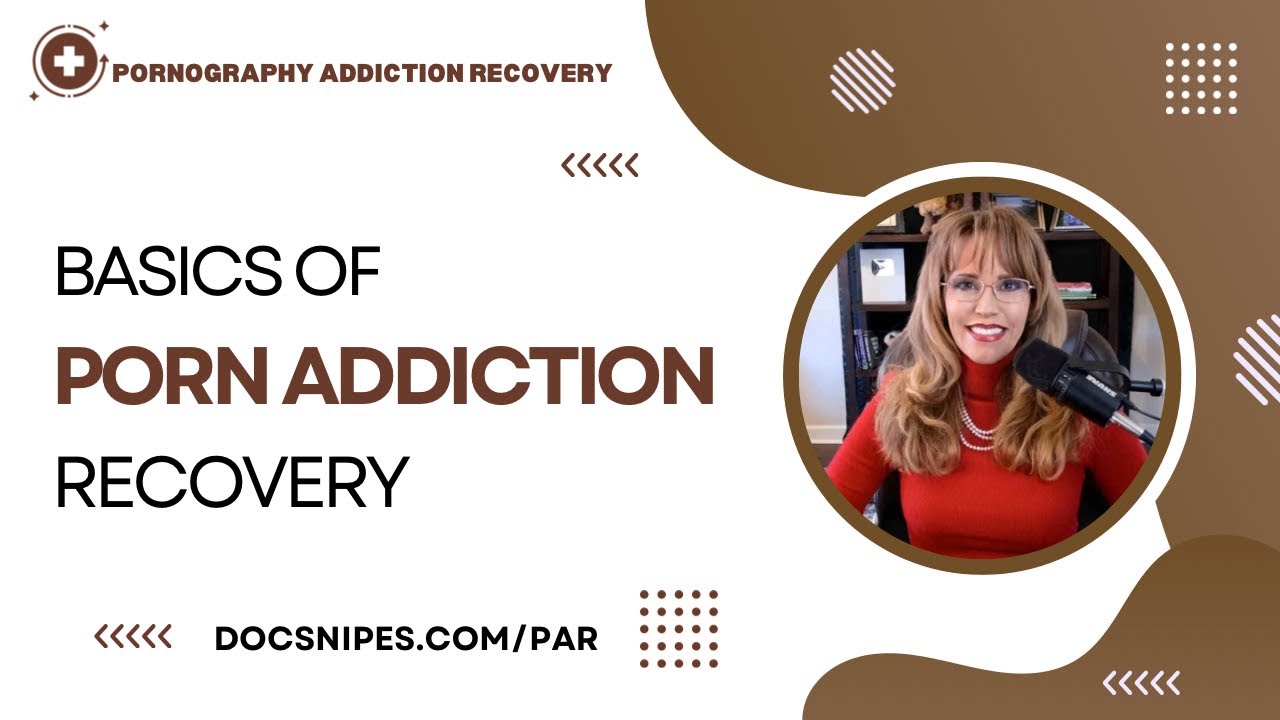The General Shape of the K to 10 MATATAG Curriculum I DepEd I 2024 K to 10 MATATAG Curriculum I
Summary
TLDRThe curriculum revision process in the Philippines involved a two-year effort, including developing shaping papers and curriculum guides, followed by public review and finalization. Initiated by the vice president and secretary, the process aimed for transparency and robust curriculum development. It engaged various stakeholders, including educators, higher education institutions, civil society, industry leaders, and international experts. After public scrutiny, the curriculum received a 96% approval rate, reflecting its appropriateness in goals, pedagogy, and focus on literacy and numeracy skills.
Takeaways
- 📚 The curriculum revision process took approximately two years and involved multiple steps including the development of shaping papers and curriculum guides.
- 📝 A series of validation and public review steps were part of the revision process, with the latter being a new initiative aimed at transparency.
- 🌟 The vice president and secretary spearheaded the initiative to make the curriculum guides transparent by sharing them with education stakeholders.
- 🗣️ The revision process involved listening to various voices and perspectives, demonstrating a commitment to stakeholder engagement in shaping the future of education.
- 🤝 A significant number of collaborators and contributors were engaged, including specialists, teachers, school heads, supervisors, and experts from higher education institutions.
- 🏫 External stakeholders such as civil society organizations, industry leaders, government agencies, private schools, and international experts were also involved in the process.
- 🔍 The curriculum was subjected to a public review for the first time, marking a significant shift in the way national curricula are developed and validated.
- 📊 The public review resulted in a 96% approval rate for the general shaping paper, indicating a high level of public satisfaction with the direction of the curriculum.
- 📈 The curriculum focuses on literacy and numeracy skills, with competencies appropriate to learner levels, as revealed by the survey results.
- 📝 Qualitative feedback from the public review was meticulously considered, and revisions were conducted to refine the curriculum further.
- 🔄 The process highlighted the importance of iterative development and the incorporation of feedback to create a robust curriculum for Filipino learners.
Q & A
What was the duration of the curriculum revision process described in the script?
-The curriculum revision process took about 2 years.
What were the key steps involved in the curriculum revision process?
-The key steps included the development of shaping papers and curriculum guides, validation of these documents, revision, public review, and finalization.
Why was the public review of the shaping papers and curriculum guides considered a new step in the curriculum revision process?
-It was a new step because it was the initiative of the vice president and secretary to be transparent with curriculum guides by sharing them with interested education stakeholders.
Who were the collaborators and contributors involved in the curriculum revision?
-The collaborators and contributors included DEPED specialists, DEPED teachers, school heads and supervisors, consultants, experts from higher education institutions, and external stakeholders.
Which higher education institutions were mentioned as contributors to the curriculum revision?
-The institutions mentioned were the University of the Philippines, Ateneo de Manila University, De La Salle University, University of Santo Tomas, and Philippine Normal University.
What was the role of external stakeholders in the curriculum revision process?
-External stakeholders, including civil society organizations and industry leaders, provided input and feedback to help develop a robust curriculum.
How was the curriculum subjected to public review?
-The curriculum was subjected to public review for the first time, encouraging the public and interested stakeholders to provide feedback on the shaping papers and curriculum guides.
What was the public approval rate for the general shaping paper?
-The general shaping paper received a 96% public approval rate.
What did the survey results reveal about the curriculum's goals, features, and competencies?
-The survey results revealed that the curriculum's goals, features, pedagogy, and assessment are appropriate and clear, and the competencies are suitable for learner levels.
How did the revision process address feedback from the public review?
-The revision process considered qualitative feedback from the public review and conducted revisions accordingly.
What was the focus of the curriculum revision in terms of skills?
-The curriculum revision focused on literacy and numeracy skills.
Outlines

Cette section est réservée aux utilisateurs payants. Améliorez votre compte pour accéder à cette section.
Améliorer maintenantMindmap

Cette section est réservée aux utilisateurs payants. Améliorez votre compte pour accéder à cette section.
Améliorer maintenantKeywords

Cette section est réservée aux utilisateurs payants. Améliorez votre compte pour accéder à cette section.
Améliorer maintenantHighlights

Cette section est réservée aux utilisateurs payants. Améliorez votre compte pour accéder à cette section.
Améliorer maintenantTranscripts

Cette section est réservée aux utilisateurs payants. Améliorez votre compte pour accéder à cette section.
Améliorer maintenantVoir Plus de Vidéos Connexes

Why do we need to revise the K to 12 Curriculum?

kuliah daring kurikulum 2025

Cur Dev Module 2 Lesson 1: Roles of Stakeholders in Curriculum Implementation

Time & Work Trick | Maths Tricks | imran sir maths

Pornography Addiction Recovery: The Basics

7. Implementasi Kurikulum Satuan Pendidikan Berdasarkan Kesiapan (Mengenal KSP)
5.0 / 5 (0 votes)
